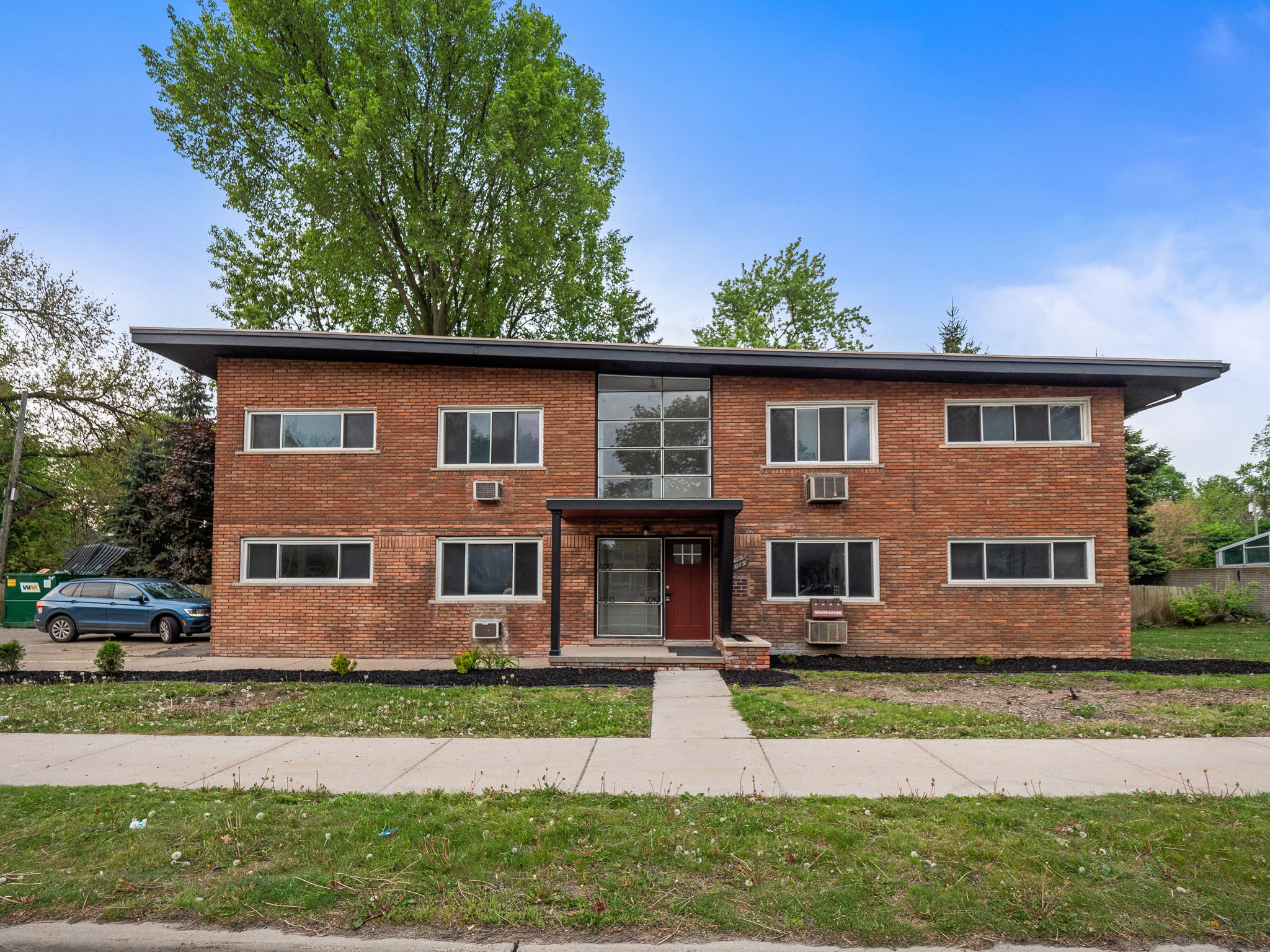
The Capital Stack
Securing final loan approval typically takes 30 to 60 days and involves ongoing communication between myself and the bank’s lender. Our most expedited loan approval, achieved in just 22 days, was for the Pinehurst Apartments. We’ve found that establishing relationships with a select group of lenders from local banks and credit unions streamlines the approval process; these lenders are already familiar with our business, and we understand their procedures. Moreover, sticking with the same lenders and banks can sometimes mean lower fees, as was the case with the reduced fees negotiated for the Harvard Lofts loan. Let’s dive into the process of obtaining a commercial loan.

Lenders Typically Ask for…
A Borrower Resume
In commercial real estate, a “Borrower Resume” refers to a document or summary that provides detailed information about the individual or entity seeking a loan for a commercial real estate investment. This document is typically prepared by the borrower and is submitted to lenders as part of the loan application process. This is ideally to focus on the borrower’s past experience with the specific asset class, showing some level of experience for the lender. If you don’t have any experience, it could be smart to bring on an experienced partner to assist in getting your first commercial loan.
Our Borrower Resume Contains:
Background Information: This section includes background information about Sheffer Capital, including our personal and company history, experience in real estate investments, and relevant professional qualifications.
Financial Information: This section presents the financial strength of our company and includes details about our income, assets, liabilities, credit history, and any other financial information relevant to the loan application.
Property Portfolio: This section outlines key details about the other commercial properties we own, such as their location, type, size, occupancy rates, and rental income.
A Management Company Resume
A Management Company Resume provides a complete overview of a property management company’s expertise and experience in managing commercial properties. It typically includes details such as the company’s history, organizational structure, key personnel, areas of specialization, portfolio of managed properties, and any relevant certifications. The Management Company Resume is crucial in demonstrating the company’s credibility, reliability, and competence in managing commercial real estate assets. The lender will want to see that the management company responsible for the day-to-day activities on the property will be able to maintain the asset.
The 12-Month Pro Forma P&L
A 12-month pro forma Profit and Loss (P&L) statement is a financial projection that outlines the expected revenue, expenses, and net income for a property over a period of 12 months helping lenders evaluate the potential risk and operation levels associated with the loan.
In addition to 12 months, we will often share a 5-10-year pro forma as well. This gives the lenders a longer-term view of how we expect the property to perform.
Our Pro Forma Contains:
Projected Income: The pro forma P&L statement includes projected rental income from the property over the next 12 months. This information allows lenders to assess the property’s income-generating potential and determine whether it can generate sufficient cash flow to cover the loan payments.
Projected Expenses: The statement also outlines anticipated expenses related to property operation, such as maintenance, utilities, property taxes, insurance, and management fees. Lenders use this information to evaluate the property’s operating expenses and assess its ability to generate positive cash flow after covering all expenses.
Net Income Calculation: By subtracting the projected expenses from the anticipated revenue, the pro forma P&L statement calculates the net income or profit expected from the property over the 12-month period. Lenders examine this figure to gauge the property’s profitability and determine its ability to generate income to support the loan repayment. Lenders use this to calculate DSCR (Debt Service Coverage Ratio). A typical minimum DSCR is 1.25. So if your NOI is $125,000, your loan payment would be approved for $100,000 per year, which equates to a $1,552,346.81 loan amount at 5% and 30-year amortization.
Here is a great DSCR calculator that I will use often to quickly check potential loan amounts for properties: https://www.omnicalculator.com/finance/dscr
A Payroll Schedule that Matches Pro-forma
As part of the pro forma, there will be a payroll expense line. Lenders want to ensure that the actual payroll expenses the business plans to pay align with the estimates provided in the pro forma financial projection. This alignment is important because it shows the lender that the business has carefully planned its finances and can realistically cover its payroll expenses with the expected income. This document is generally used for larger properties where there is onsite management.
For example, if you have a $200,000 line item for payroll, then you could provide a breakdown of employee salaries plus benefits.
- Property Manager: $70,000
- Leasing Agent: $55,000
- Maintenance Lead: $50,000
- Part-time maintenance: $25,000
A PFS
A “PFS” refers to a Personal Financial Statement. This document provides a snapshot of our financial situation, including assets (cash, investment accounts, IRA, etc), liabilities, and net worth.
A Schedule of Real Estate Owned by the Sponsor
The schedule of real estate owned by the sponsor document provides lenders with essential information to assess our real estate experience, financial stability, and creditworthiness. By listing and detailing properties, we currently own, the schedule allows lenders to evaluate our expertise. Lenders use the schedule to assess the value and condition of collateral properties, influence loan-to-value ratios, calculate debt service coverage ratios, and make underwriting decisions regarding loan approval, terms, and conditions.
In Closing
The commercial loan process is one we have been through many times. Each lender’s and bank’s process is unique but the end goal is consistent. They want to determine if your company and the investment in question is one they want to be a part of. We are fortunate to have created lasting relationships in the lending space which have not only streamlined our access to financing but also created a mutual understanding and trust.
Major Market News
100% Bonus Depreciation
The Tax Relief Act recently passed by the House of Representatives with strong bipartisan support marks a potentially exciting shift in tax policy. A notable feature of this legislation is the introduction of 100% depreciation, allowing businesses to immediately deduct the full cost of qualifying property from their taxable income in the year of purchase. While it’s not official yet, this move is aimed at energizing economic growth and incentivizing business investment, particularly among small and medium-sized enterprises. By accelerating depreciation schedules, businesses can reduce their tax burden and free up capital for further growth and innovation. What does this mean for Sheffer Capital and its investors? We will explain in detail next week.
Source: Forbes. (2024, Feb 1st) House Passes Tax Relief Act With A Decisive Bi-Partisan Vote. https://www.forbes.com/sites/lynnmucenskikeck/2024/02/01/house-passes-tax-relief-act-with-a-decisive-bi-partisan-vote/?sh=a0da5c3210d0
Tips and Tricks
Terms-
Pro Forma: Pro Forma refers to financial projections or statements that estimate the potential income, expenses, and profitability of a multifamily property under certain assumptions or scenarios. These assumptions may include projected rental income, vacancy rates, operating expenses, capital expenditures, and financing terms. Pro forma statements are used by investors, lenders, and developers to assess the financial feasibility of acquiring, operating, or refinancing multifamily properties.

